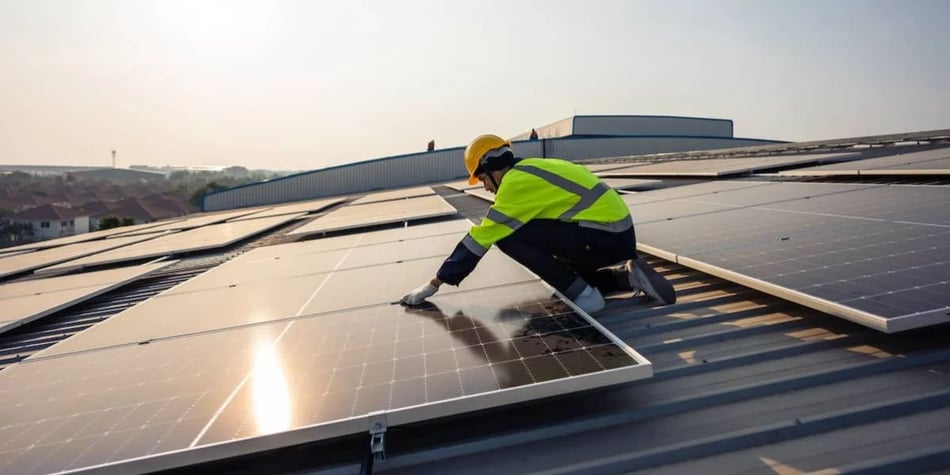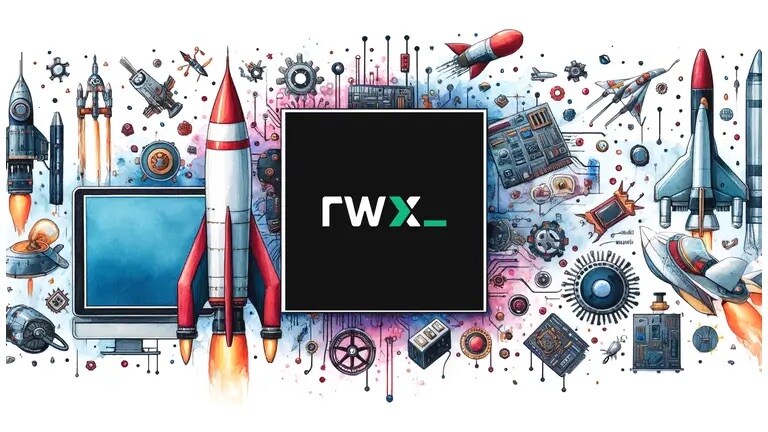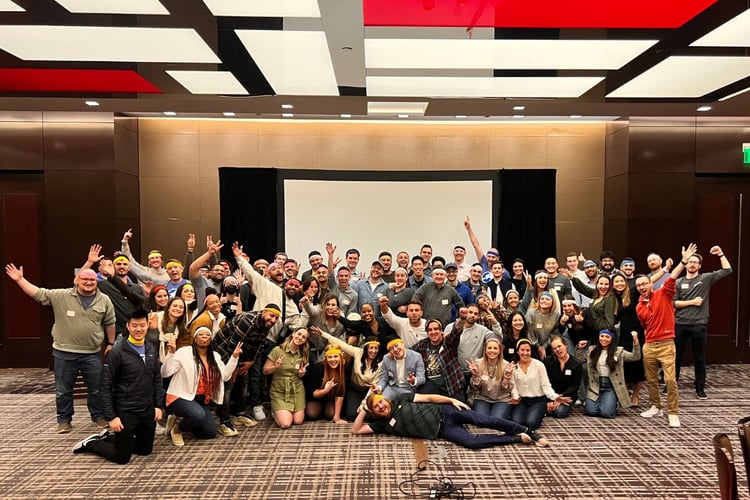Due to its scale and urgency, the climate crisis can seem overwhelming. Wildfires are destroying homes, extreme weather is causing food insecurity, and rising sea levels are displacing communities.
Although the gravity of the situation is staggering, many tools at our disposal help promote a stable climate. One tool paving the way for climate tech adoption is GreenLancer.
“At this pivotal moment, accelerating the deployment of renewable technologies, such as solar energy and electric vehicle infrastructure, is crucial," says Patrick McCabe, Founder and COO of GreenLancer. “These innovations are key to curbing climate change and meeting the energy demands of advanced AI and electric transportation technologies. The great news is that technologies like solar are both economical and rapidly deployable. However, the complexity of permitting and interconnection processes can slow progress and increase costs.”
GreenLancer was established to empower contractors with the expertise needed to overcome permitting and interconnection obstacles, accelerating the deployment of clean energy infrastructure.
What is climate tech?
Climate tech seeks to address and mitigate climate change through the use of innovative technology. It encompasses a wide range of innovative solutions, products, and services designed to reduce greenhouse gas emissions, adapt to the changing climate, and promote sustainability. Climate tech can include renewable energy, zero-emission transportation, sustainable agriculture, circular economy technologies, and carbon capture and storage (CCS).
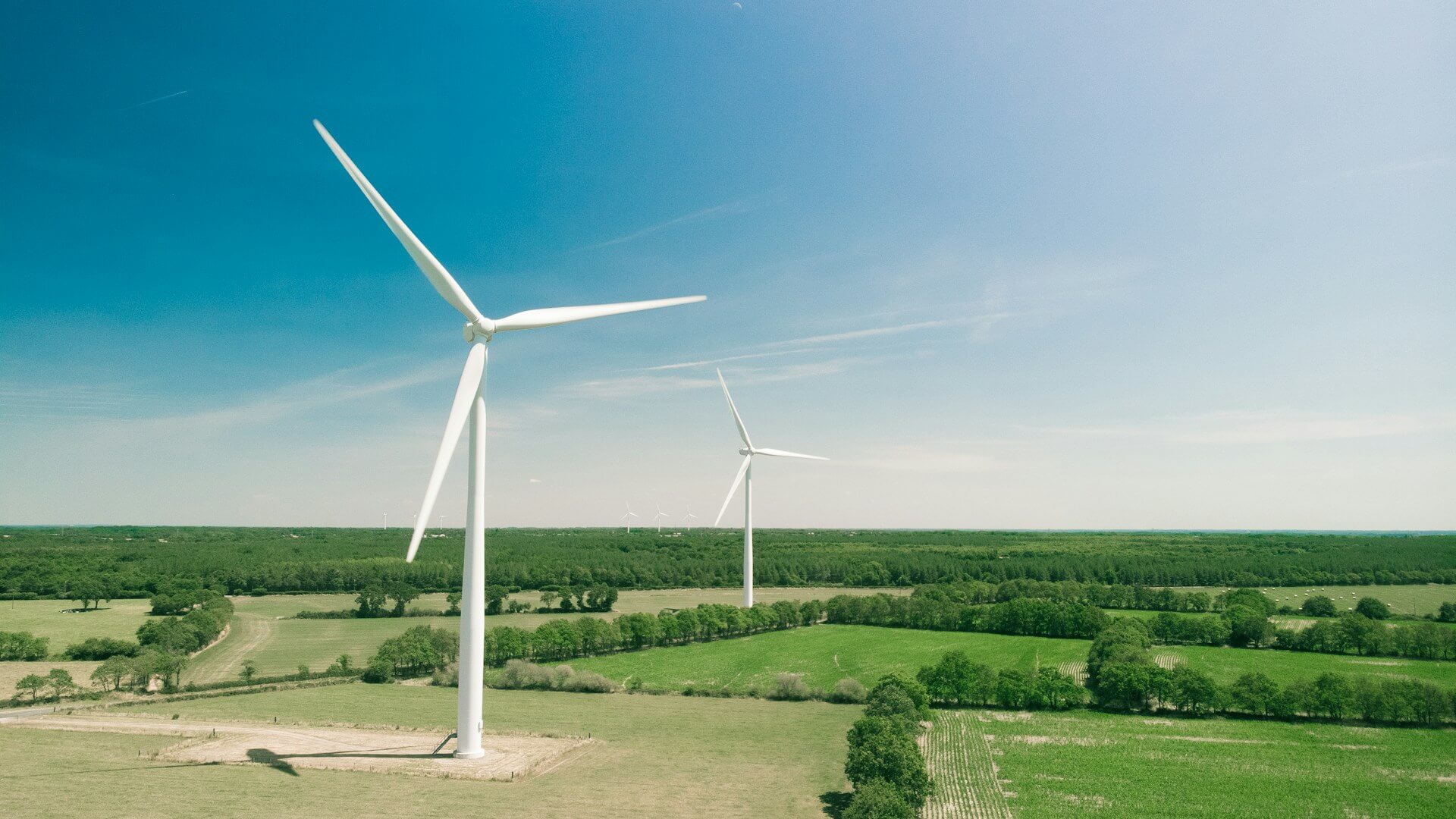
Renewable energy involves developing and deploying solar panels, wind energy turbines, geothermal technology, hydropower turbines, and other clean energy sources to replace fossil fuels. The advancement of electric vehicles (EVs), an adequate charging infrastructure, and intelligent transportation systems are reducing reliance on oil and improving air quality.
Meanwhile, circular economy technologies are reducing waste and resource consumption throughout product life cycles by conserving resources, promoting the use of recyclable materials, and encouraging efficient design. This approach can minimize the environmental impact and financial costs of producing electric vehicles, renewable energy facilities, and energy-efficiency technologies.
How GreenLancer is a category disruptor in clean tech
Although it’s possible to use 100% clean energy by 2035, according to the National Renewable Energy Laboratory (NREL), the greatest obstacle is implementation. Despite the necessary technology being cost-effective and available, many barriers exist to widespread implementation.
GreenLancer was founded to accelerate the adoption of clean energy. They do this by removing engineering, design, permitting, and logistical challenges for solar energy and EV charging station projects. GreenLancer is the only online marketplace for contractors to select service partners to fill gaps within their engineering, procurement, construction, and maintenance processes.
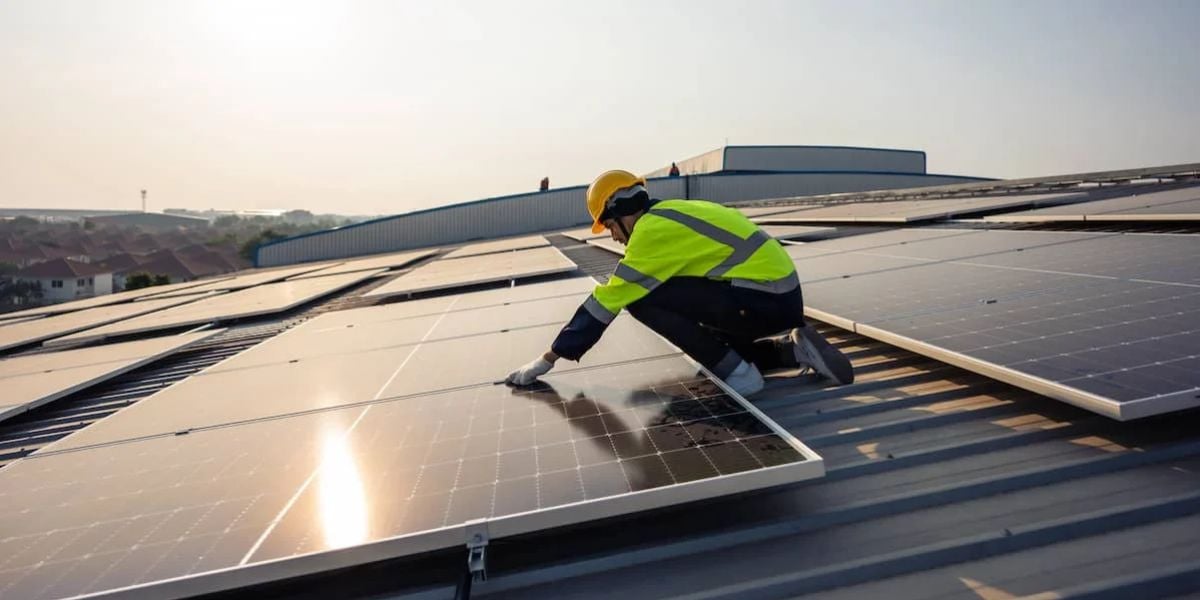
Solar Energy Permitting & Engineering Barriers
There are numerous issues that can hinder solar energy deployment, including utility grid integration issues, regulatory barriers, and lack of knowledge. For example, zoning regulations and solar system permitting requirements often vary by jurisdiction, even within the same state. Each borough in New York City has different solar permitting requisites, adding a layer of complexity to the solar installation process that drives up costs and extend project timelines.
Commercial solar projects often require professional engineer (PE) stamps from engineers licensed in the given state. Although designed to promote safety, this creates permitting red tape that can delay or, in extreme cases, halt renewable energy projects. Although solar installers commonly have extensive expertise in installing solar photovoltaic (PV) systems, they often lack in-house solar permitting and engineering expertise. Adding this increases company overhead, yet lacking it can make moving solar energy projects forward challenging.
“Permitting and interconnection requirements, while essential for safety, often become significant stumbling blocks for contractors, utilities, and building departments, leading to numerous solar projects being delayed or completely stopped,” explains McCabe. “Addressing these hurdles is vital for the progress of the solar energy sector, empowering solar contractors to expand their businesses effectively.”
EV Charging Station Infrastructure Deployment
One of the biggest challenges facing electric vehicle adoption is inadequate charging station infrastructure. Many potential EV drivers are concerned that EV charging stations can be few and far between, occupied, blocked, or broken.
As a result, many climate-minded drivers are purchasing plug-in hybrid vehicles (PHEVs) instead of all-electric vehicles. Although this is a big step in the right direction, these vehicles commonly have a pure electric range of just 30 or 40 miles under ideal driving conditions. By contrast, many all-electric vehicles have a driving range of 250 to 300 miles, with certain models exceeding 400 or even 500 miles per charge.
.jpg?width=1920&height=1279&name=oxana-melis-zjqe_46ga4k-unsplash%20(1).jpg)
Investment in EV Charging Station Infrastructure
The Biden administration has committed significant funding to expand the U.S. EV charging station network through the Inflation Reduction Act to make it bigger and more reliable. Additionally, they announced a $15 billion investment to build 500,000 new electric car charging stations across the country, plus $10 billion in private-sector funding.
Although these investments can certainly help fortify the U.S. charging infrastructure, numerous implementation obstacles still need to be overcome. Creating a robust EV charging network faces challenges such as permitting, engineering, and zoning issues. Obtaining permits for charging stations can be time-consuming and costly, varying across jurisdictions.
Zoning regulations may restrict where charging stations can be installed, limiting their accessibility. Streamlining the permitting process and developing zoning policies that support charging infrastructure expansion is crucial to accelerating the deployment of EV charging stations and ensuring widespread accessibility for EV owners.
"Beyond immediate installation concerns, a major part of our value at GreenLancer lies in our ability to help minimize the costs associated with preparing a site for EV charging stations and ensuring future-proofing. This foresight allows for the addition of capacity to expand charging facilities in the future, significantly impacting the long-term success and scalability of these projects," McCabe highlights. "Our expertise is essential in not just overcoming initial hurdles but in laying a sustainable foundation for growth in the EV charging infrastructure sector."
Clean tech Solutions Rely On Overcoming Implementation Challenges
Innovations in renewable energy, clean transportation, and efficient resource management are key for promoting a stable climate. Yet these crucial clean tech solutions continue to face implementation challenges. GreenLancer is a category disruptor that helps companies overcome implementation barriers to scale effectively, accelerating the transition to a low-carbon future.
“We know our people are what make us great, and we're always looking for the next addition to bring a fresh perspective to help us make a bigger impact in the clean energy space,” says Matthew Rea, Vice President of Revenue Operations. “Explore our current remote, hybrid, and in-person job openings and take the next step in your renewable energy career.”
About the Author
 Sarah Lozanova, who lives in Midcoast Maine with her two children, is a copywriter driven by her passion for helping businesses adopt environmentally friendly practices. With a strong background in renewable energy, she has facilitated residential and commercial solar energy installations and guided large corporations on sustainability improvements. She is now the Marketing Content Manager for GreenLancer, a company dedicated to helping clean energy contractors overcome engineering, design, permitting, and logistical challenges. Sarah is also the author of Humane Home: Easy Steps for Sustainable & Green Living and has designed and taught green business classes at Unity Environmental University.
Sarah Lozanova, who lives in Midcoast Maine with her two children, is a copywriter driven by her passion for helping businesses adopt environmentally friendly practices. With a strong background in renewable energy, she has facilitated residential and commercial solar energy installations and guided large corporations on sustainability improvements. She is now the Marketing Content Manager for GreenLancer, a company dedicated to helping clean energy contractors overcome engineering, design, permitting, and logistical challenges. Sarah is also the author of Humane Home: Easy Steps for Sustainable & Green Living and has designed and taught green business classes at Unity Environmental University.

